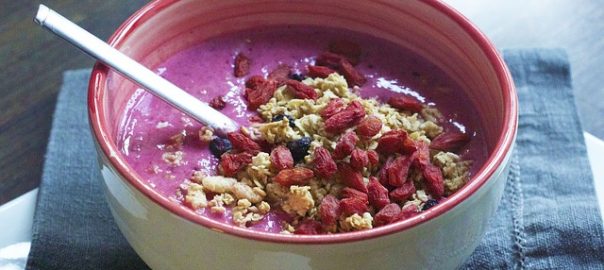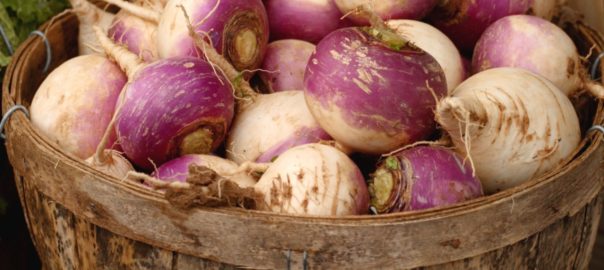Why meditate?
Meditation, especially mindfulness meditation, is getting a lot of attention these days. As people begin to really understand and accept the idea of a mind-body-wellness connection, this practice is becoming more popular. And studies show that meditation has a wide range of health benefits:
- reduces stress
- reduces anxiety
- increases focus
- improves self-awareness
- may help with memory
- may help reduce addiction and addictive behaviors
- improves sleep
- has been shown to help reduce pain
Getting started
Many people can be hesitant or nervous about starting a practice. That’s because most people equate meditation with sitting still for hours, possibly in lotus position (if your knees bend that far), hands in a mudra position, all while chanting Om and clearing your mind of all thought. While that can, as does, work for some people, for many other’s that simply isn’t going to cut it.
We tend to forget that we are all bio-individual human beings. Mind and body. So just as one particular diet is not going to work for every single human on the face of the planet, there is no one single meditation practice that works for everyone either. It’s important to find a practice that works for you, that means one that you are comfortable with and are willing to continue to practice.
Meditation is not meant to be overwhelming. It can be simple and enjoyable. It can even be something simple like a gratitude practice one to two times per day. If you want to start or improve your meditation practice without stress, however, there are a number of things you need to know. Getting a good start will help you enjoy the process of learning, support you while you find what works for you, and increases your ability to maintain a balanced meditation practice.
Tips for meditating
- Start slow Most people seem to think that they need to jump into an extensive practice, meditation for 30 minutes or an hour at a time. It’s better to begin and develop a practice, even a short one, that you can stick with. Starting with even as little as two to three minutes can be a good start. And you’ll feel so good about it that you’ll want to continue.
- Stretch first Especially if you’re new to a meditative practice, sitting or lying still, even just for a few minutes, can get, well, a bit fidgety. If you move your body first, stretching, bending, even just jumping in place if that’s what you need to do, you’ll be much more likely to clear your energy enough to be able to be calm for your practice.
- Remember to breathe Sometimes the easiest way to get started is to simply focus on your breath. Breathing helps you maintain awareness and connects you to the present. It also allows you to focus on breathing deep into the belly for full relaxation and oxygenation.
- Counting helps If you’re having a hard time focusing on your breath you can add a simple counting practice which has the added benefit of creating just a little more awareness. One popular method is called box breathing. This is where you breathe in for a count of four, hold your breath for a count of four, breath out for a count of four, hold your breath for a count of four. Repeat.
- You’ll still have thoughts Clearing your mind of all thought is extremely difficult. Instead of trying to not think, simply let your mind float. When you have thoughts come up, and they will, acknowledge them. Don’t focus on them thought, simply recognize that they are there and then return your focus to your breath..
- Get comfortable You are not required to bend yourself into a pretzel shape in order to achieve some sort of meditative nirvana. If you’re doing a still meditation (which is what most people start with), simply sit or lie comfortably. Adjust your body to make sure you don’t feel cramped or crooked. Rest your hands comfortable, at your sides, on your belly, on your lap, whatever works for you. Making yourself comfortable first means you won’t get distracted from your practice by discomfort in your body.
- Use a timer Especially in the beginning, the temptation is to keep cracking open your eyeballs to peek and see how much time has passed. Yes, even if you’re just meditation for two minutes. If you’re not used to it, two minutes can be a long time. A timer allows you to let go of that concern because once your time it up it lets you know. You may find yourself surprised at how quickly the time passes when you don’t have to worry about it.
- Try meditating multiple times per day By trying different times of the day you’ll find the time that works best for you. You’ll probably also discover that, especially in the beginning, it’s easier to do 3-4 mini sessions while you work your way up to a longer one. s
- Be patient Like anything new, in theory, it would seem that it should be really easy to meditate. Especially if you’re only doing it for a few minutes. But we’ve become conditioned to always being busy, especially with technology and our always-on social life. It takes time and effort to break this habit. Be kind to yourself, be patient and know that you will get there.
- Keep it up Make it a habit to set aside time every day for meditation. The more you do this the more you’ll come to appreciate the restful break from our overscheduled and busy lives that meditation provides. Don’t push yourself to move too quickly. Simply acknowledge that you are building a new skill, and that takes time.
Bonus tip
Unless you’re using one of the meditation apps listed below, be sure to turn off your cellphone so that you are not interrupted while you’re trying to meditate. Even if you are using an app, set it to do not disturb so that you won’t be in the middle of a session when your phone goes off.
Meditation resources
There are a number of resources out there that can help you as you learn to build your practice. These include meditation apps and books. Don’t forget to invest in a comfy pair of yoga pants, and maybe even a yoga mat or a zafu meditation pillow, if you’re going to do a more traditional style of meditation.
Beyond Meditation: Making Mindfulness Accessible for Everyone
This book is an essential resource for anyone seeking to understand the effect mindfulness has in one’s life journey. It is filled with practical techniques, guided meditations, stories, and other nuggets of wisdom that can help ease your journey through the world.
The beauty of meditation is how many different ways there are to practice it and how easy it can be. By incorporating a meditation practice into your life you'll achieve both physical and mental benefits. Using the tips and resources listed above you’ll become skillful at this wonderful practice, developing a healthful habit that you can enjoy for the rest of your life.




